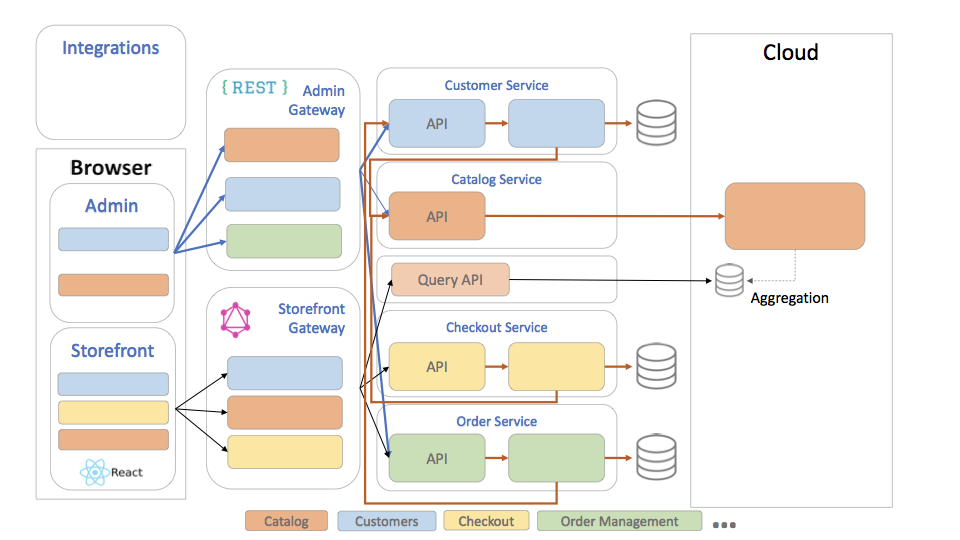The architecture of Magento 2 is designed to be modular, scalable, and flexible, allowing developers to build complex e-commerce solutions with ease. Here is an overview of the key components of the Magento 2 architecture:
- Presentation layer: The presentation layer is responsible for rendering the front-end of your Magento 2 store, including the user interface, design templates, and user experience. Magento 2 uses the Luma theme as its default theme, but developers can create their own themes and templates to customize the store’s look and feel.
- Application layer: The application layer is the heart of the Magento 2 architecture, responsible for managing the store’s business logic, data processing, and communication with other systems. This layer includes several key components, including the Magento Framework, modules, libraries, and services.
- Magento Framework: The Magento Framework is a collection of PHP classes that provide the core functionality of Magento 2, including routing, controllers, models, and views. The framework is built on top of several popular PHP frameworks, including Zend Framework and Symfony.
- Modules: Modules are self-contained packages of code that extend the functionality of Magento 2. Modules can be created by developers or third-party vendors and can be installed or uninstalled from the store easily. Modules can also depend on other modules, creating a modular architecture that is easy to manage and scale.
- Libraries: Magento 2 uses several libraries to perform specific tasks, including third-party libraries like jQuery, KnockoutJS, and RequireJS, as well as custom libraries like the Magento UI library and the Magento Data library.
- Services: Magento 2 uses services to provide additional functionality, including payment processing, shipping, and tax calculation. These services are provided by third-party providers and are integrated into Magento 2 using APIs.
- Database Layer: The database layer is responsible for storing and retrieving data from the store’s database. Magento 2 uses MySQL as its default database, but it also supports other databases like Oracle and Percona.
In conclusion, the Magento 2 architecture is designed to be modular, scalable, and flexible, making it an ideal platform for building complex e-commerce solutions. Its key components include the presentation layer, application layer, Magento Framework, modules, libraries, services, and database layer, all working together to provide a seamless and powerful e-commerce experience.


